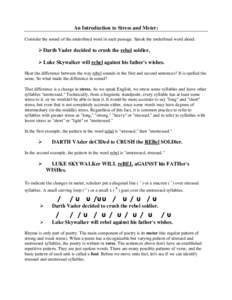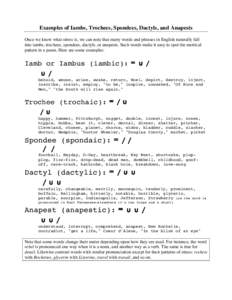51![FEEDING KNOWLEDGE PROGRAMME Collaborative Workshop on Extension Services for Food Security: trends and challenges February[removed], 2014 Venue: CIHEAM-IAMB (Bari, ITALY) Concept Note FEEDING KNOWLEDGE PROGRAMME Collaborative Workshop on Extension Services for Food Security: trends and challenges February[removed], 2014 Venue: CIHEAM-IAMB (Bari, ITALY) Concept Note](https://www.pdfsearch.io/img/185fef3126e9b5c11bde04b3e7adce80.jpg) | Add to Reading ListSource URL: www.feedingknowledge.netLanguage: English - Date: 2014-04-17 04:13:20
|
|---|
52 | Add to Reading ListSource URL: www.csulb.eduLanguage: English - Date: 2009-08-14 18:31:16
|
|---|
53 | Add to Reading ListSource URL: www.feedingknowledge.netLanguage: English - Date: 2014-09-23 11:11:49
|
|---|
54 | Add to Reading ListSource URL: web.cn.eduLanguage: English - Date: 2014-03-11 13:27:02
|
|---|
55 | Add to Reading ListSource URL: web.cn.eduLanguage: English - Date: 2014-03-11 13:26:44
|
|---|
56 | Add to Reading ListSource URL: www.aclweb.orgLanguage: English - Date: 2010-10-04 21:36:28
|
|---|
57![CIHEAM briefing notes N °4 3 – 2 2 F e b r u a r y[removed]AquaStress project Mladen Todorovic Mediterranean Agronomic Institute of Bari (CIHEAM-IAMB) CIHEAM briefing notes N °4 3 – 2 2 F e b r u a r y[removed]AquaStress project Mladen Todorovic Mediterranean Agronomic Institute of Bari (CIHEAM-IAMB)](https://www.pdfsearch.io/img/8ac667d36a0a8c4118fa9f601d8d838e.jpg) | Add to Reading ListSource URL: www.ciheam.orgLanguage: English - Date: 2014-07-22 10:59:26
|
|---|
58 | Add to Reading ListSource URL: burton.byu.eduLanguage: English - Date: 2005-10-26 18:38:07
|
|---|
59 | Add to Reading ListSource URL: www.clover.okstate.eduLanguage: English - Date: 2012-07-26 11:34:08
|
|---|
60 | Add to Reading ListSource URL: smithsonianeducation.orgLanguage: English - Date: 2006-03-06 09:34:46
|
|---|